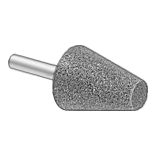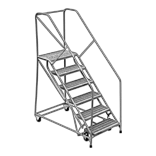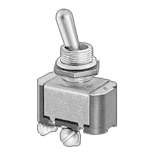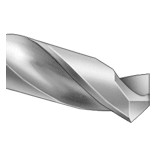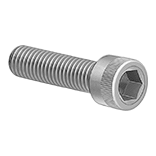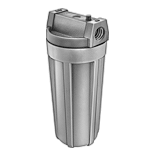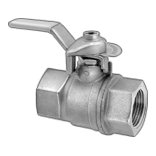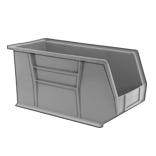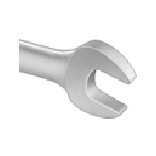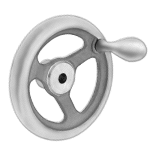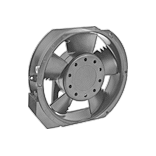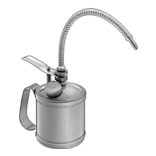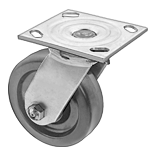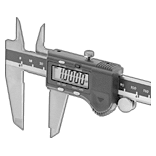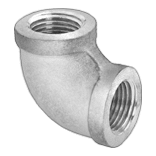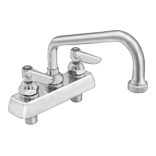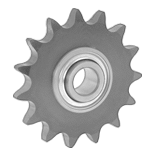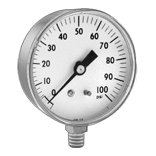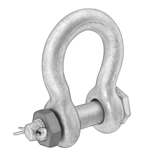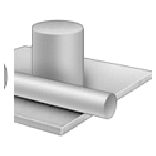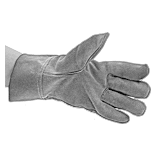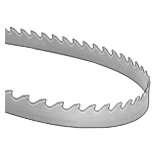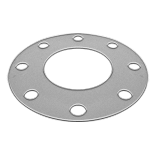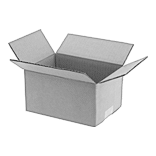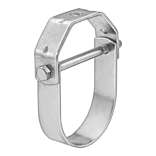Filter by
System of Measurement
Diameter
Pin Type
Material
End Type
Handle Material
Minimum Hardness
DFARS Specialty Metals
Export Control Classification Number (ECCN)
REACH
RoHS
Sold As
Finish
Through-Hole Diameter
Tether Type
Handle Color
Handle Finish
Clevis Pins
The most commonly used clevis pins—just slide a cotter pin into the hole to secure parts. These pins have a flat, low-profile head to fit in tight spaces. They're less likely to get in the way than pins with a loop grip or T-handle but aren’t as easy to grab if you want to remove them frequently. Add your own cotter pin, or choose a clevis pin that includes a reusable hairpin cotter.
Steel
 |
Cotter Pin Not Included |
Carbon Steel—Stronger than stainless steel, these pins won't deform from stress and vibration. They perform best in dry environments since moisture will cause them to rust.
Tethered Loop-Grip Clevis Pins
A lanyard or chain prevents your pin from getting lost when removed. With a large loop handle that's easy to grip and pull, these clevis pins are often used for towing and other applications where you regularly secure and release components.
Steel
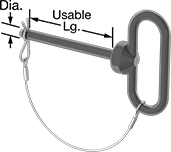 |
With Cotter Pin and Lanyard |
Painted Carbon Steel—Stronger than stainless steel, these pins won't deform from stress and vibration. The dark enamel creates a finished look but offers minimal corrosion resistance. They're best for dry environments.
Cotter Pin Included—The hairpin cotter is quicker to install and remove than a linch pin but not as secure.
